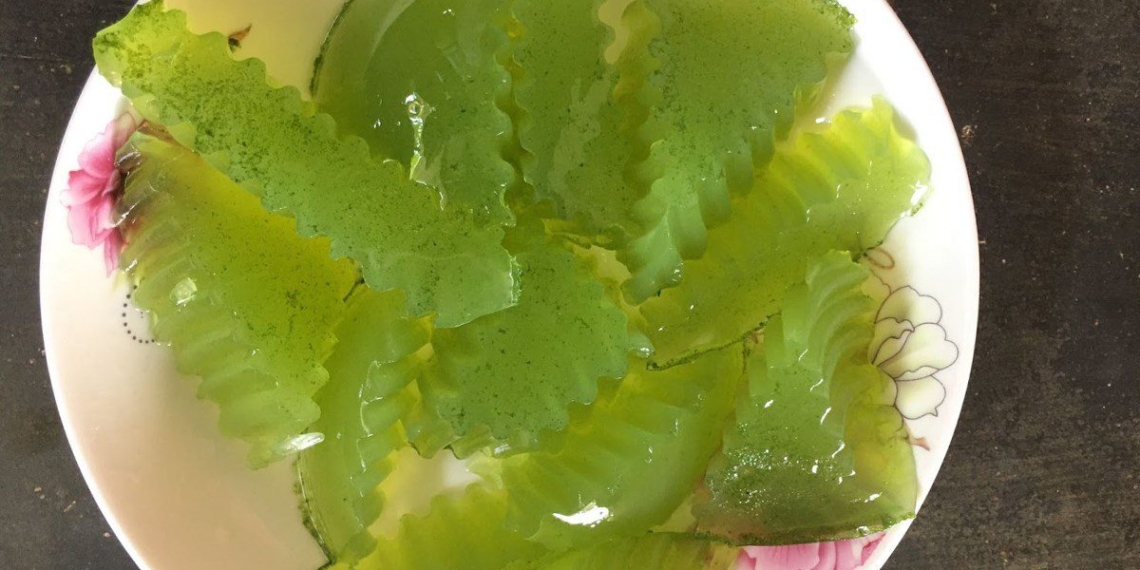Jelly is always a dessert that many people love to choose to enjoy on hot days. It is not only a delicious dish but also very simple and quick to make. Today, let’s join TasteVN to the kitchen and learn 2 ways to make pandan jelly to add variety for your family!
1. Pandan Jelly
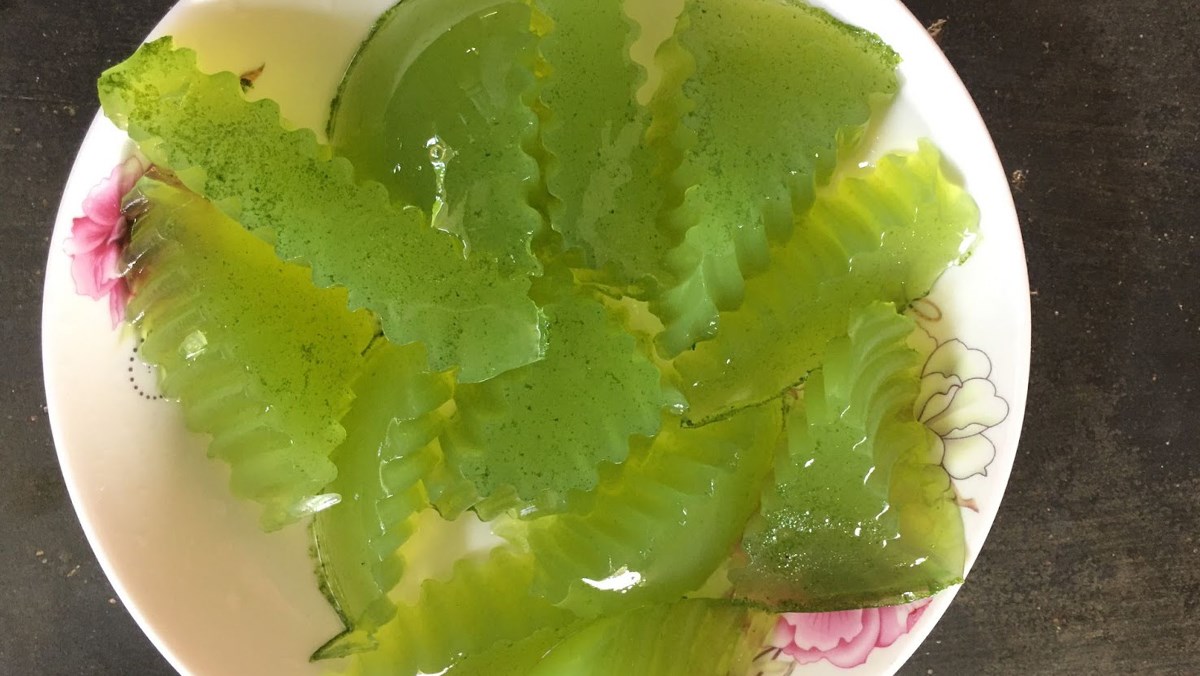
-
Preparation
20 minutes
-
Cooking
15 minutes
-
Difficulty
Easy
Ingredients for Pandan Jelly For 4 people
Agar powder 12 gr (1 packet) Pandan leaves 6 leaves (or 8 leaves) Sugar 100 gr Water 1.1 liters
How to Prepare Pandan Jelly
-
Prepare and Blend Pandan Leaves
Wash each pandan leaf under running water to remove dirt. Then, cut the pandan leaves into short pieces about the length of a finger and blend them with 100ml of filtered water.
Next, strain the pandan mixture through a sieve to extract the juice.
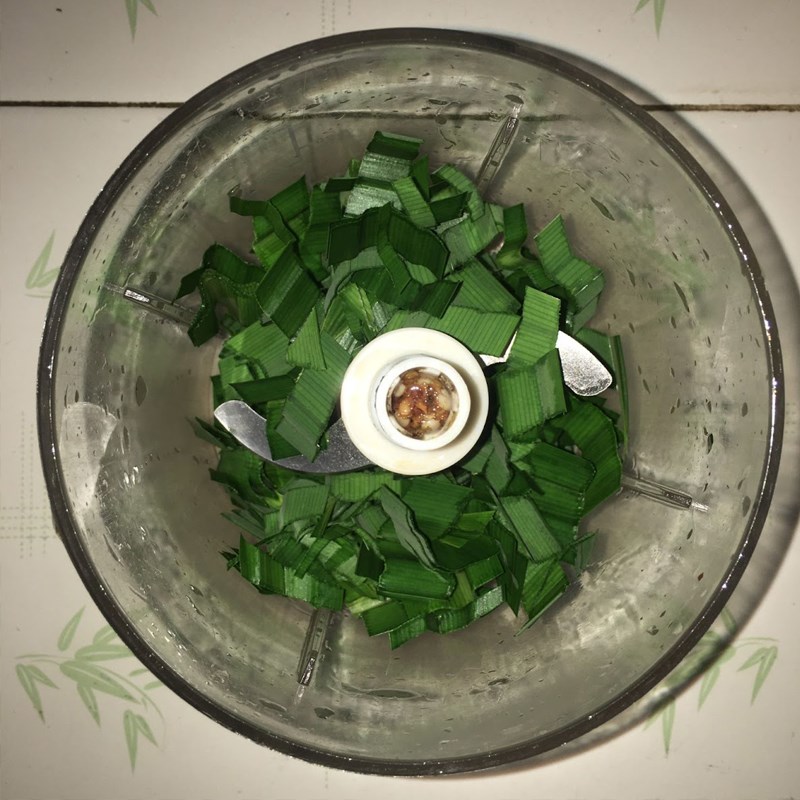
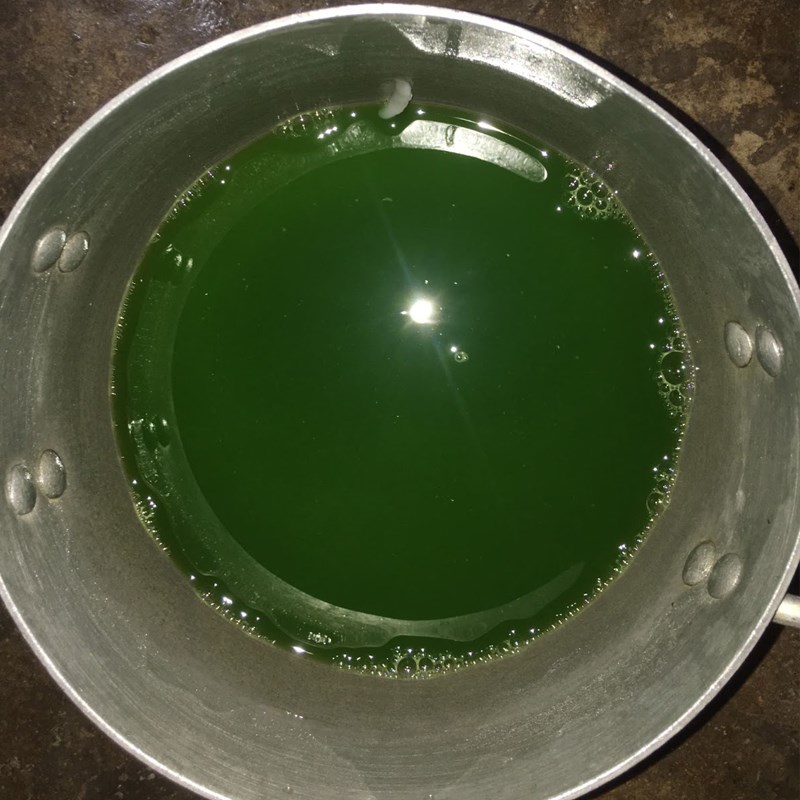
-
Cook Pandan Jelly
Add 1 liter of water, the pandan juice, 100gr of sugar, and 12gr of agar powder into a pot, then stir well to combine the mixture.
Next, place the pot on the stove, stirring continuously over medium heat for about 10 minutes until the mixture boils. At this point, cook for an additional 3 minutes until you see the mixture thickening, adjust the sweetness to taste, and then turn off the heat.
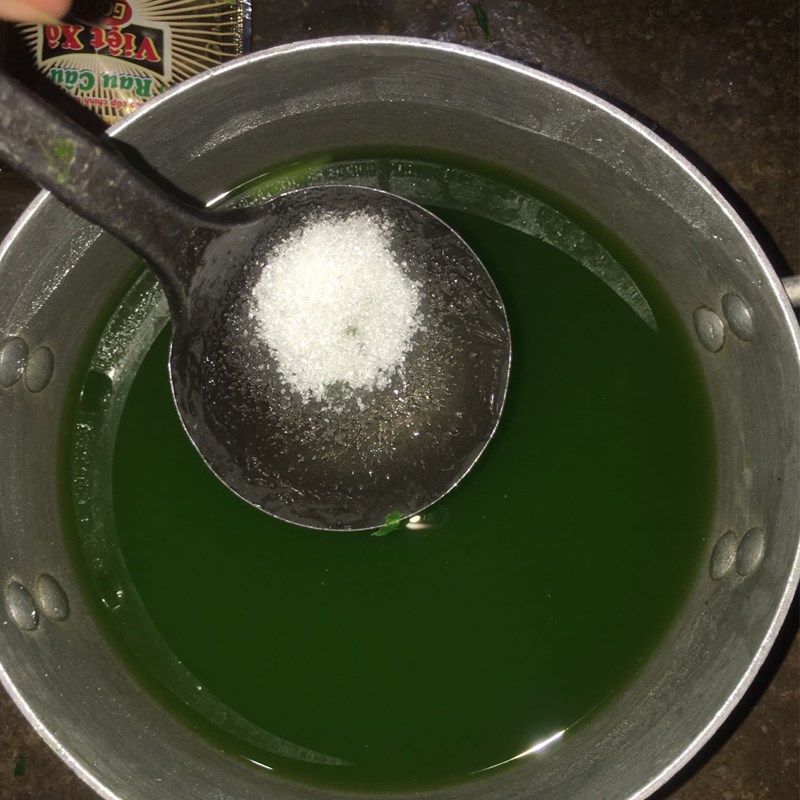

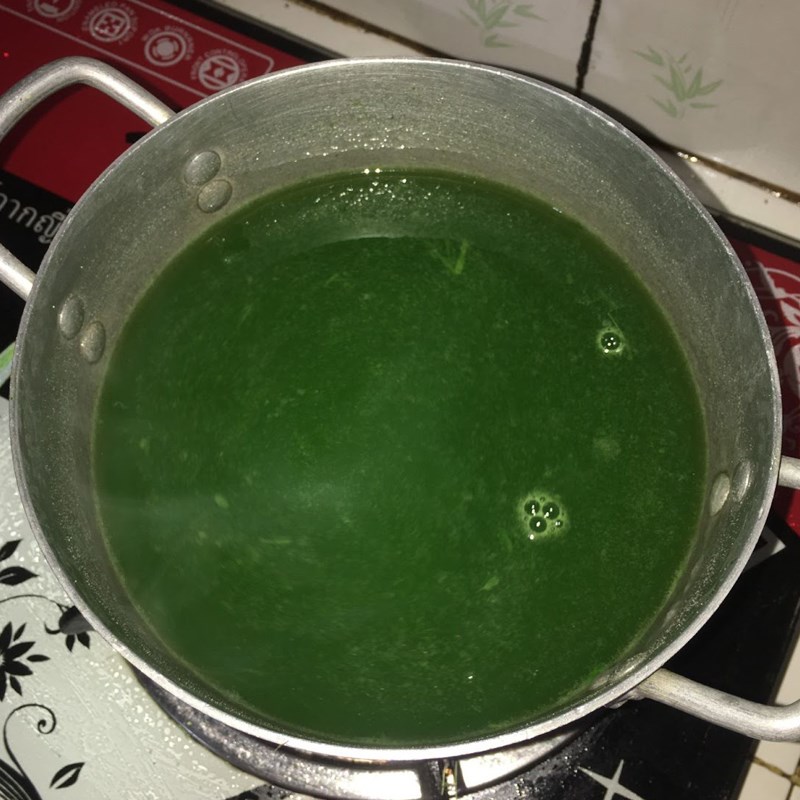
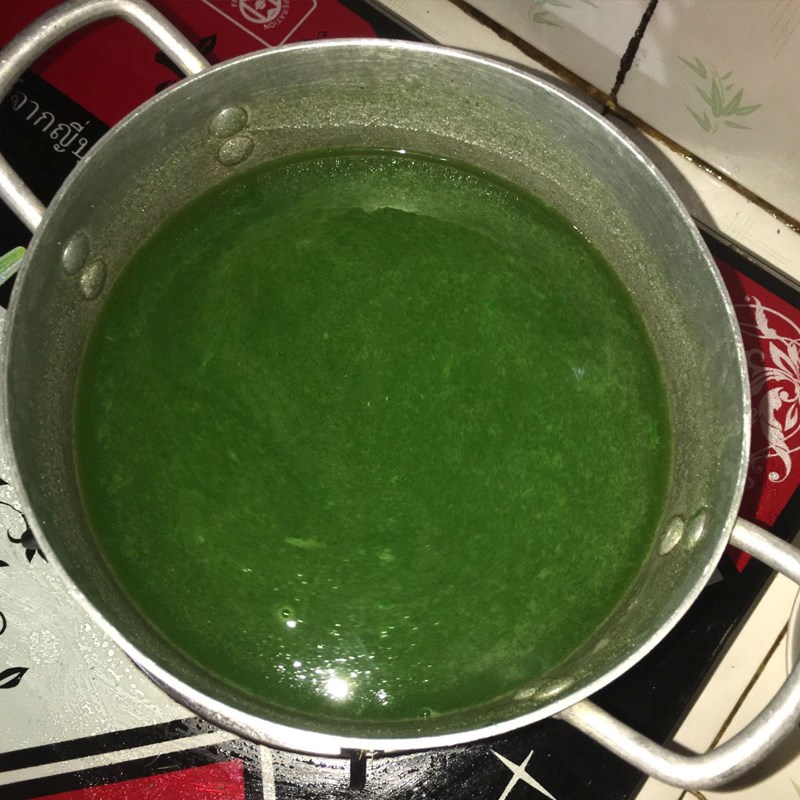
-
Remove from mold
After cooking, pour the jelly mixture into the mold and let it cool. Next, place the jelly mold in the refrigerator for about 1 hour before enjoying.
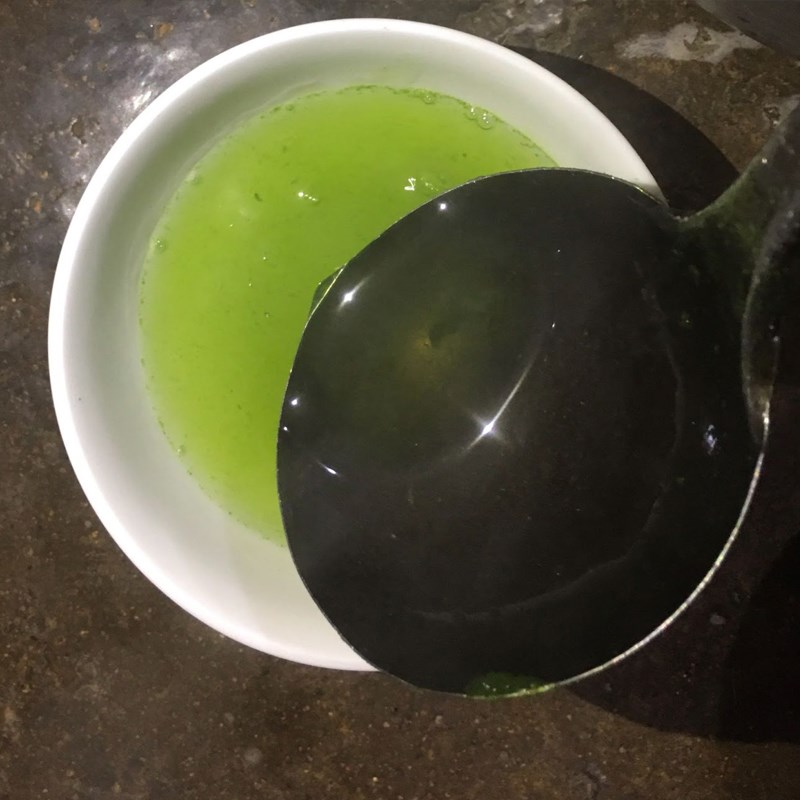

-
Final Product
The jelly with pandan leaves has an attractive color, and when eaten, you can feel the slight chewiness and elasticity of the jelly combined with the fragrance of the pandan leaves. This dish is perfect for cooling down on hot summer days.
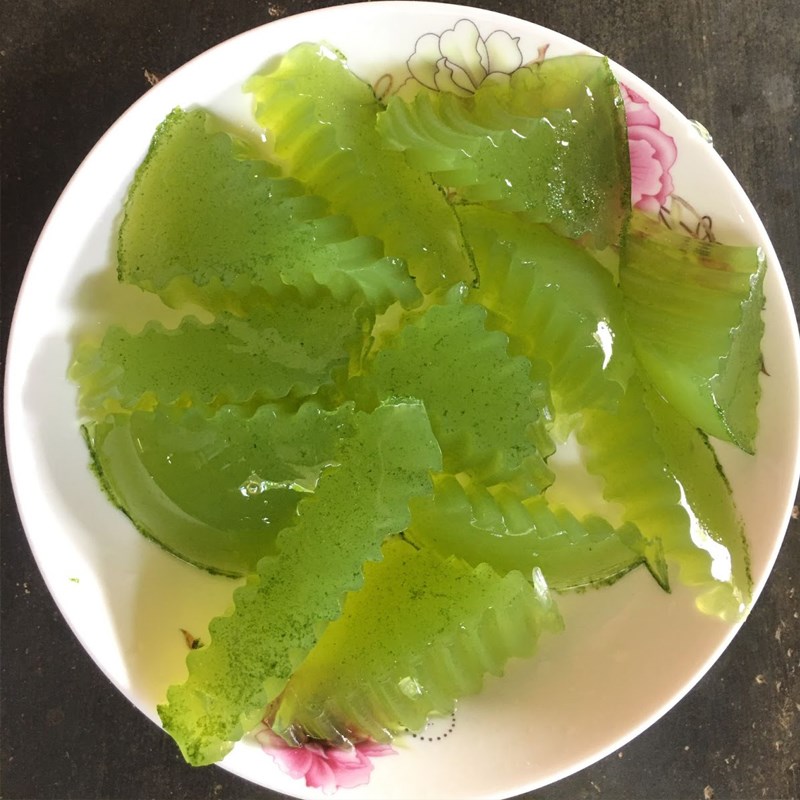
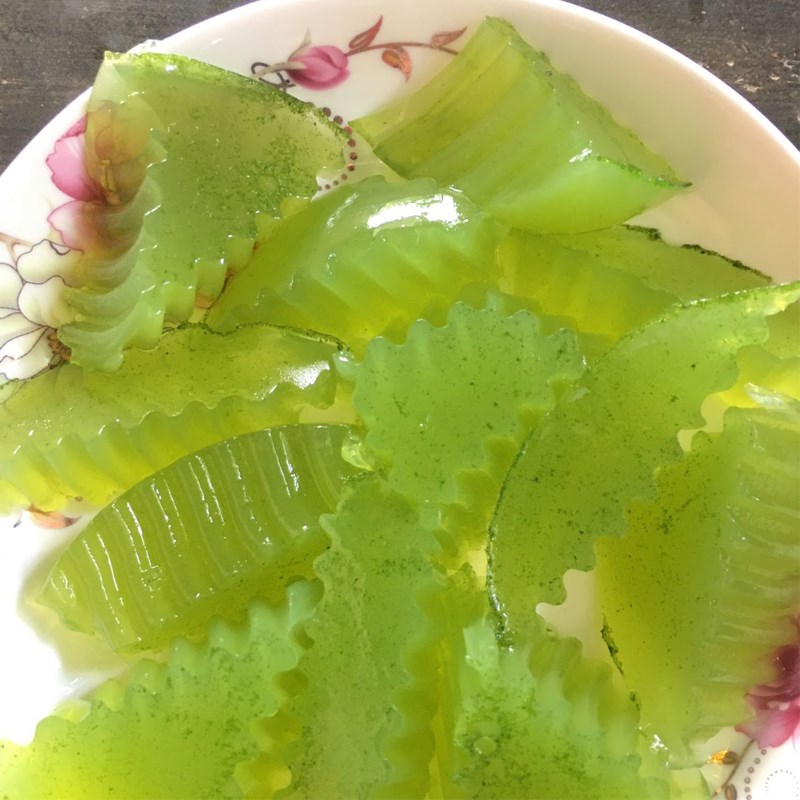
2. Jelly with Pandan Leaves and Coconut Water
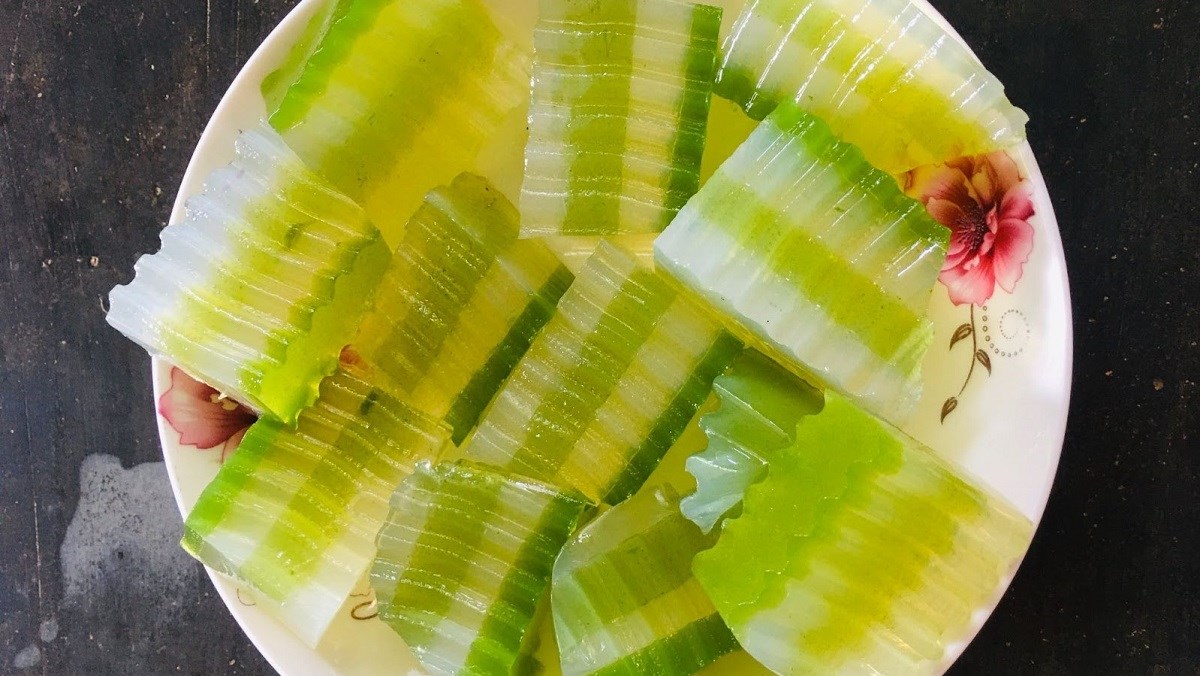
-
Preparation
7 minutes
-
Cooking
15 minutes
-
Difficulty
Easy
Ingredients for Jelly with Pandan Leaves and Coconut Water Serves 3
Agar powder 1 packet (25g) Pandan leaves 6 leaves Sugar 200 g Fresh coconut water 400 ml Filtered water 1.2 liters
How to choose fresh, delicious coconuts
- For coconuts that have not been peeled, you should prioritize choosing those that are still in clusters, not broken or separated. At the same time, observe carefully to select coconuts of moderate size, as larger fruits usually have a reduced sweetness.
- The younger the coconut, the easier it is to peel, however, if the coconut is too young, the water will have a slightly sour taste, so keep that in mind!
- In addition, you should pay attention to the stem; if the coconut stem has bubbles, it is likely that it has been injected with chemical sugar to increase the sweetness of the coconut water.
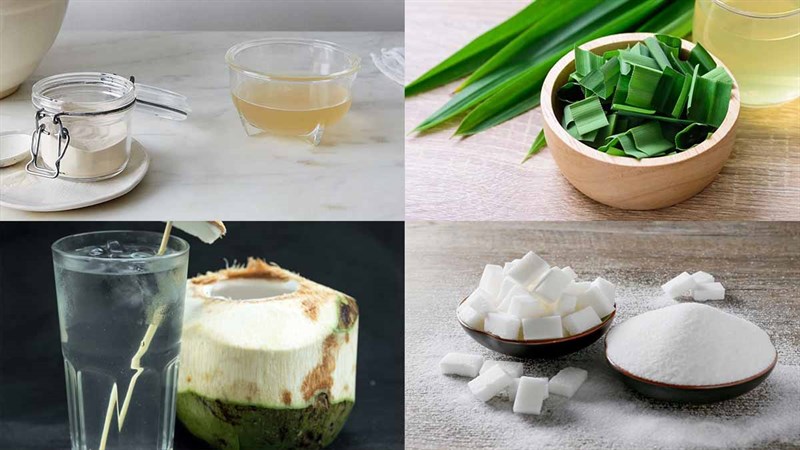
Required tools
How to make pandan jelly with coconut water
-
Prepare the pandan leaves
After purchasing, wash the pandan leaves thoroughly with cold water. When washing, be sure to clean each leaf crevice carefully to avoid any remaining dirt.
Then cut into short pieces and put them in the blender with 200ml of filtered water to make blending easier. Pour the blended mixture through a strainer to extract the pandan leaf juice.
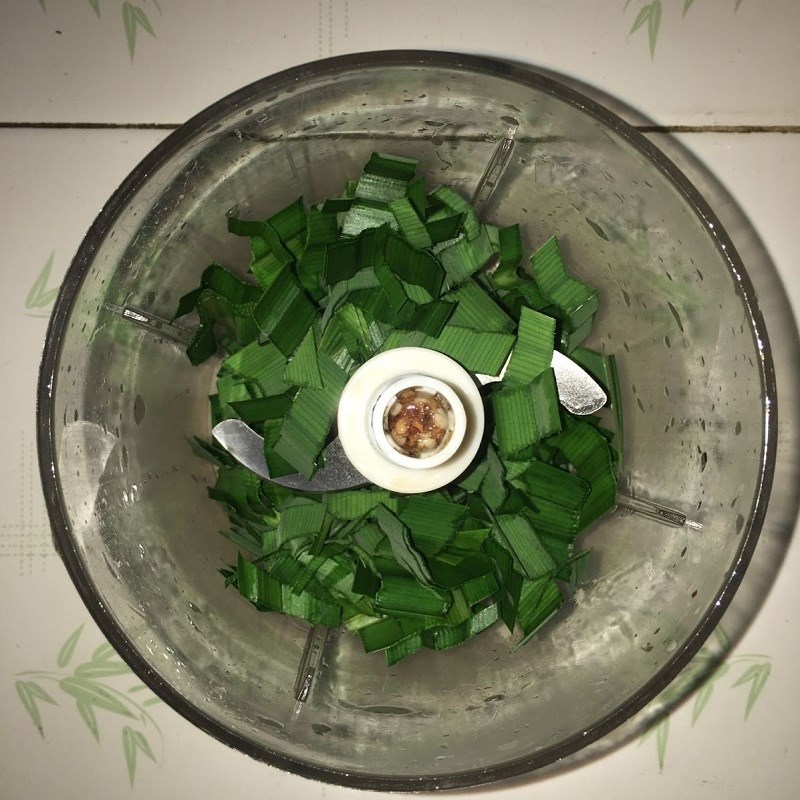
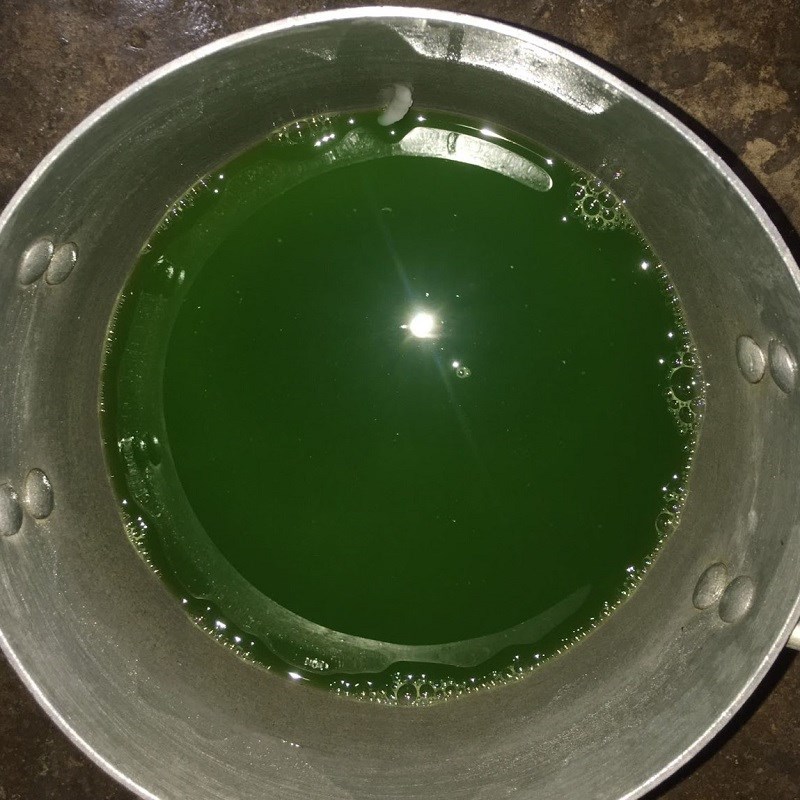
-
Cook the jelly mixture
Put 1 liter of water, 1 pack of jelly powder and 200g of sugar into a pot, place the pot on the stove and set it to medium heat, stirring continuously to prevent the mixture from thickening. Cook for about 10 minutes until it boils, then skim off the foam on top to make the jelly clearer.
Divide the jelly into two parts, one part is mixed with pandan leaf extract, and the other part is mixed with fresh coconut water. Continue to place both pots on the stove and stir for about 2 – 5 minutes before turning off the heat.
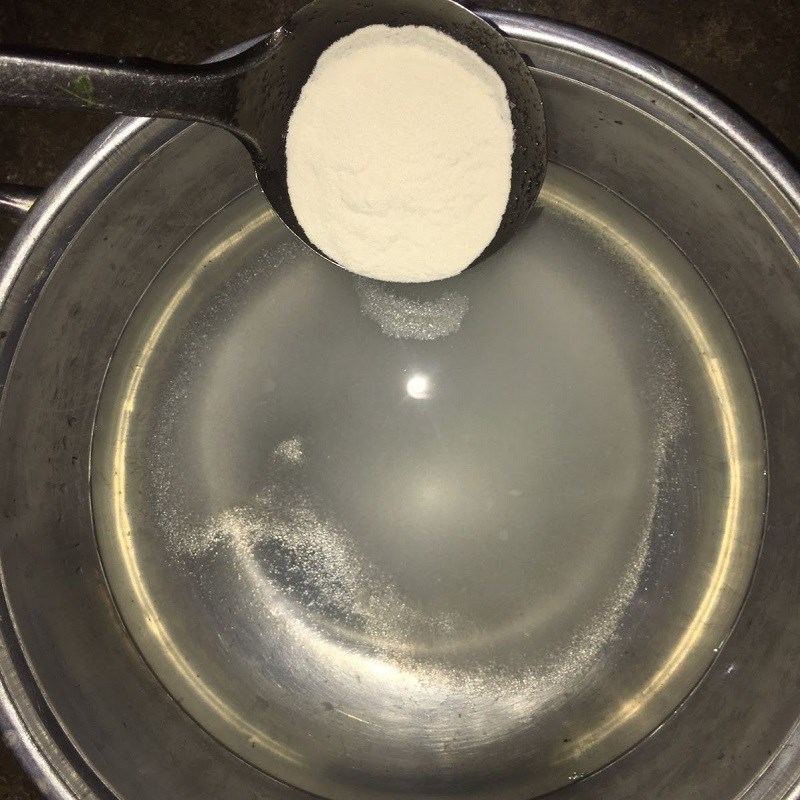
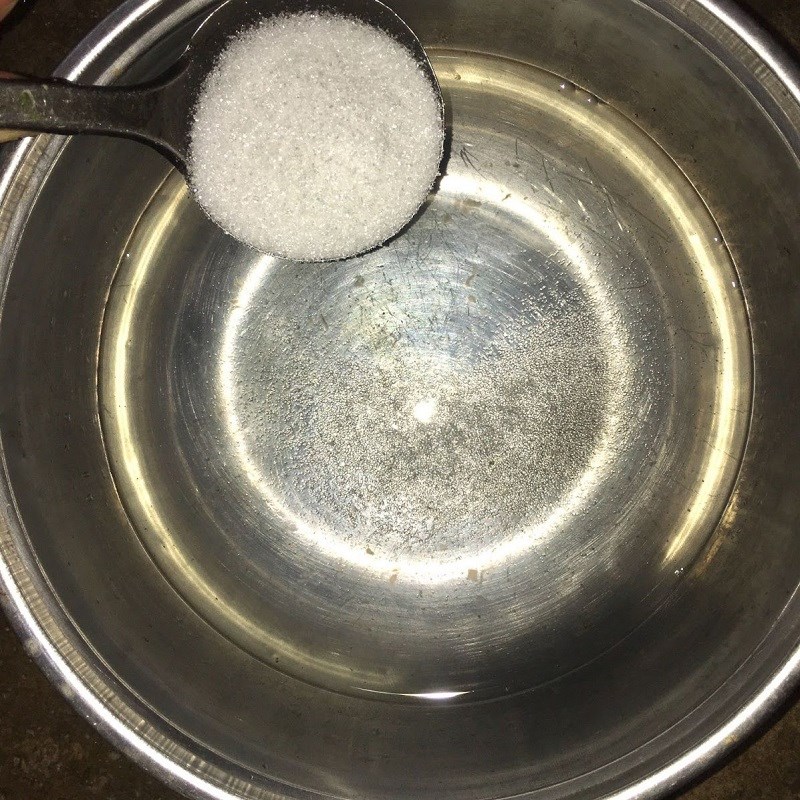
-
Pour into molds
Prepare molds for pouring the jelly, pour the jelly while it is still hot. When pouring, do it layer by layer, starting with the coconut water jelly layer, followed by the pandan jelly layer. Continue to alternate layers until all the jelly is used.
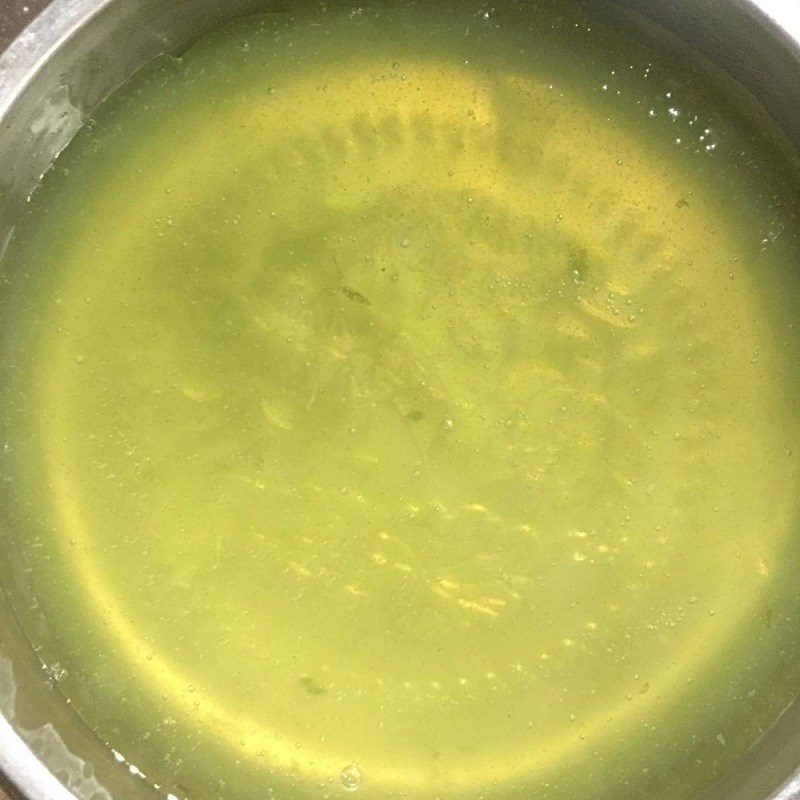
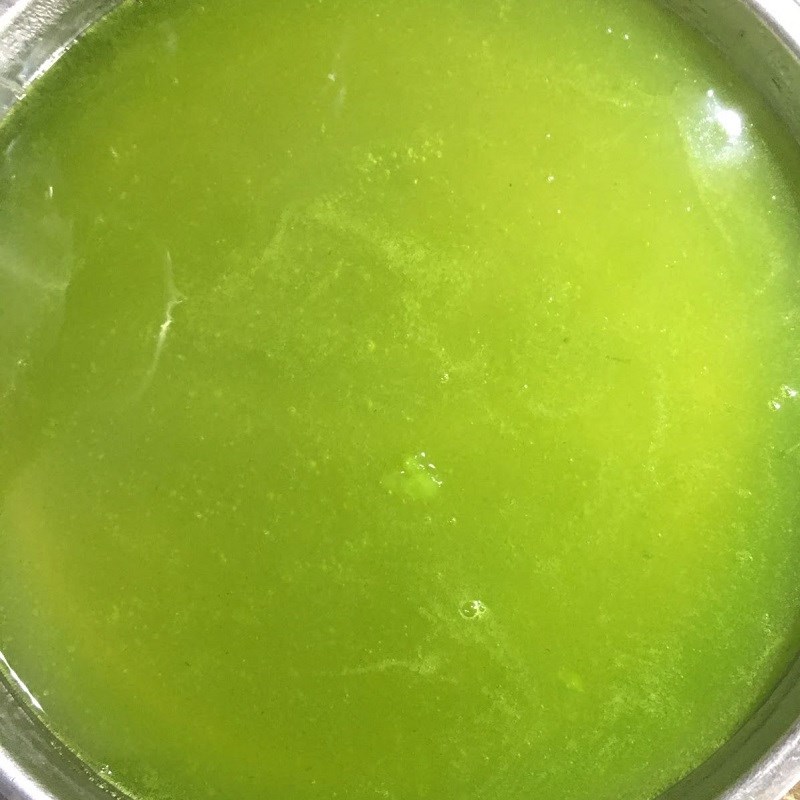
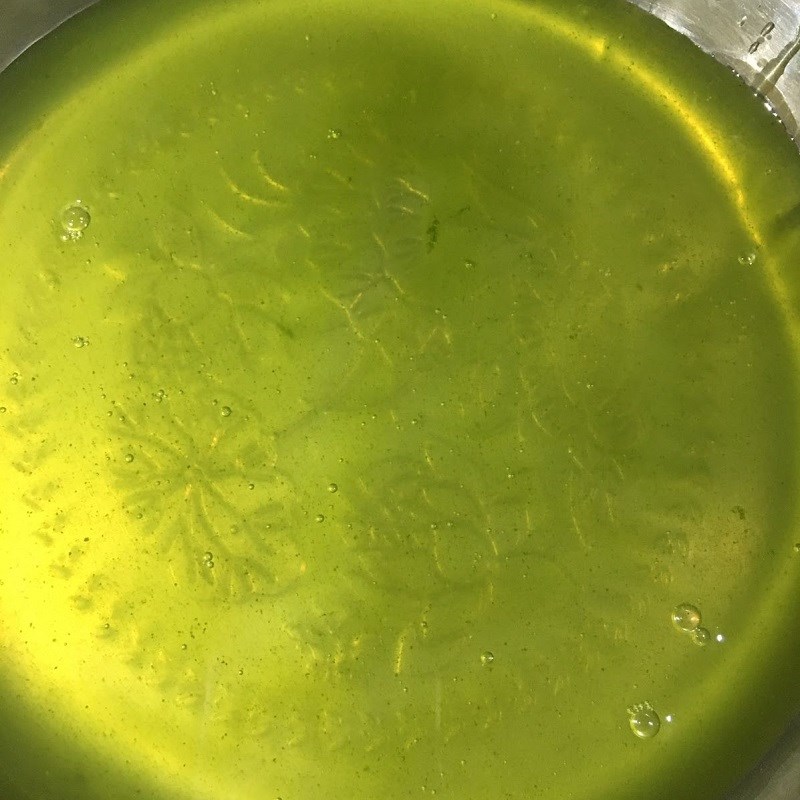
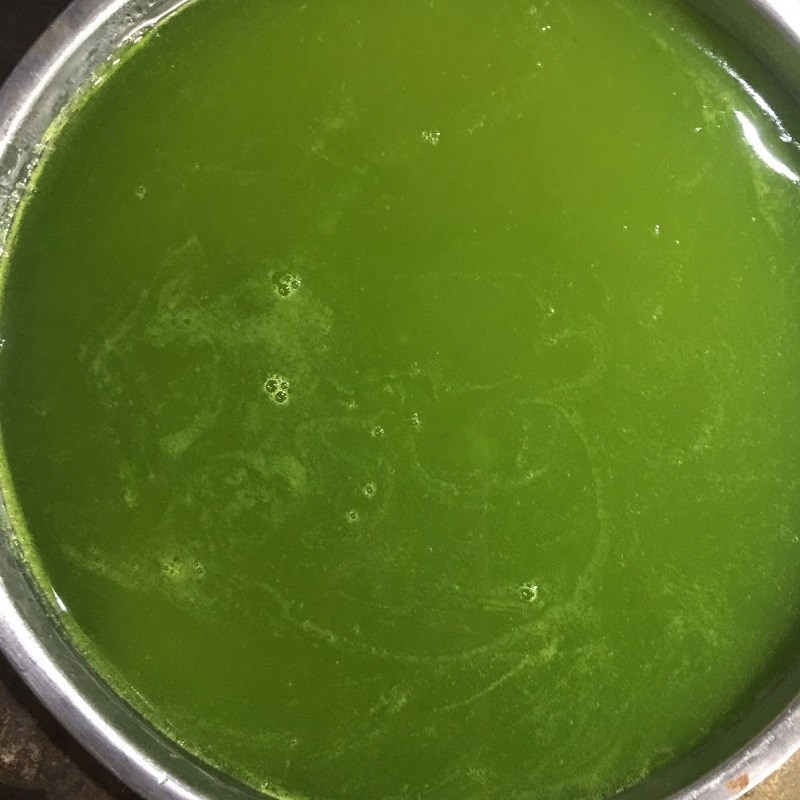
-
Final Product
So you have just completed the fresh pandan jelly, truly a perfect combination for a delicious snack.
The jelly has 2 distinct layers, eye-catching and has a fragrant aroma. When eaten, the jelly is chewy, soft, and has a moderately sweet taste that is very delightful. Enjoy your meal!
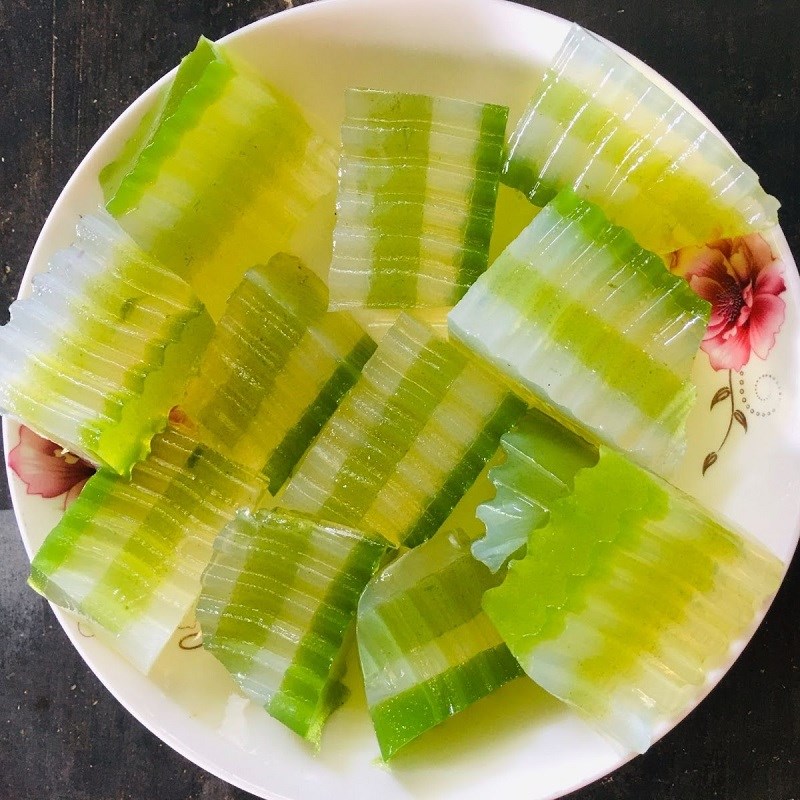
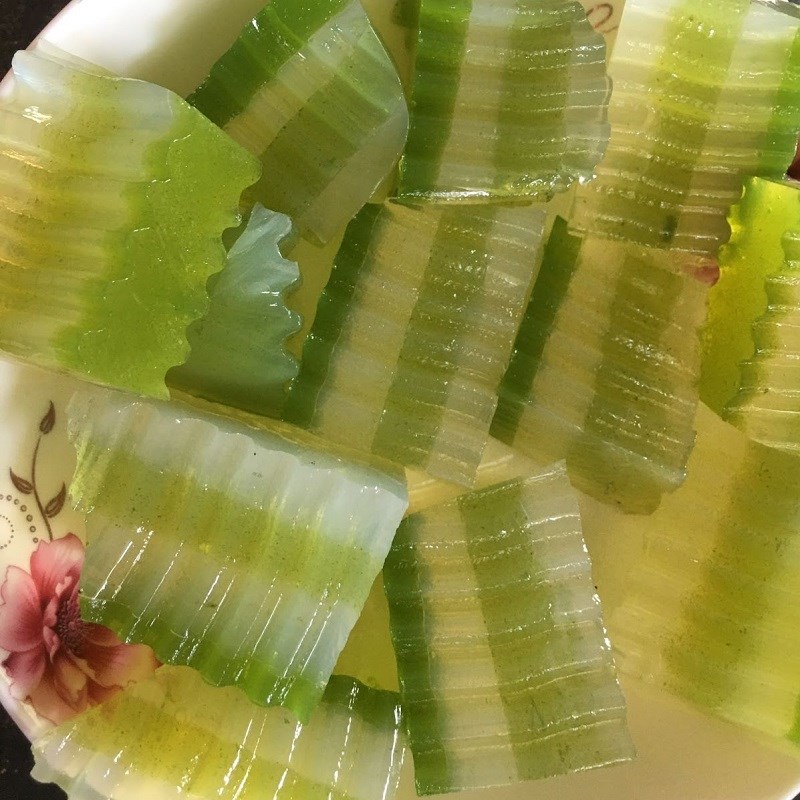
How to Choose Fresh and Delicious Pandan Leaves
- You should choose pandan leaves that are medium, meaning not too old and not too young.
- Additionally, to have good pandan leaves, you should select ones that are dark green, shiny, and intact.
- Avoid buying if you see broken, wilted, or bruised leaves to prevent affecting the taste of the dish.
Above is the recipe for how to make pandan leaf jelly that is visually appealing and delicious, and the method is incredibly simple, right? TasteVN is confident that with the recipes above, you will have an attractive dessert for the whole family.
